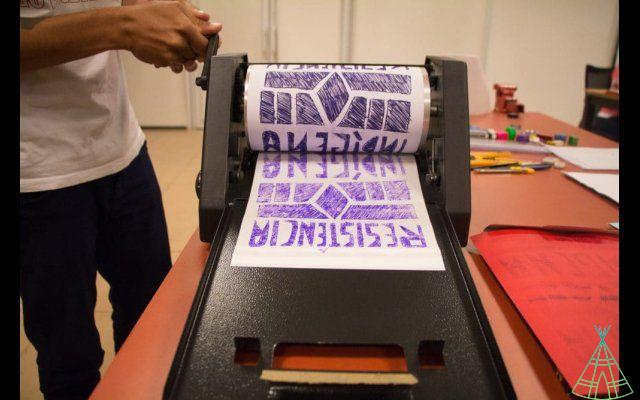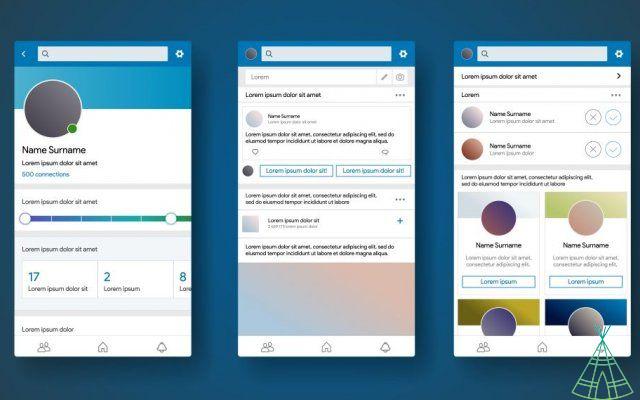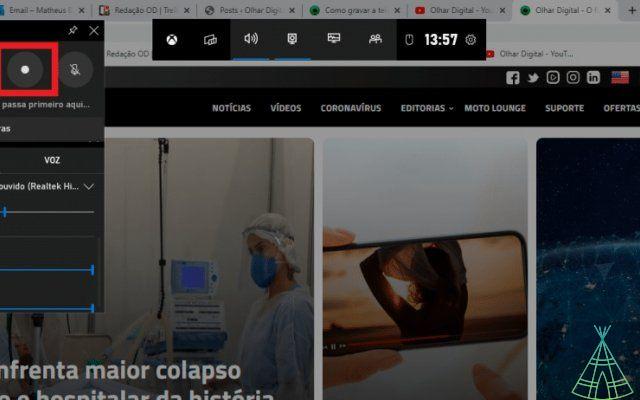A dream of consumption for many teachers in the 70s and 80s, the mimeograph made history and helped to make life easier both in the preparation of tests and in the dissemination of student newspapers. Considered the grandfather of the printer, the mimeograph was a device that reproduced copies at a low cost through a simple and very homemade method. And it had a very striking feature: the smell of alcohol on the leaves that exhaled into the room.
Understand how the mimeograph works
Patented on August 8, 1887, by Thomas Alva Edison, in the United States, the mimeograph was developed by the same scientist who created the electric lamp, the electric pen (precursor to the tattoo machine), the electric generator, the phonograph and more than a thousand patents, not to mention the founding of General Electric.
From his mind, came the invention that remained popular even after the appearance of the photocopier, in 1938, in view of the high cost of this new machine.
Basically, the mimeograph worked as follows: the teacher wrote by hand or typed an exercise text on a special sheet known as a stencil, which had carbon on its surface.
Being a matrix, the stencil passed the text to another sheet because there was a felt moistened with alcohol in the machine. And here there was a very important detail: the more alcohol, the greater the clarity of the print.
The text then appeared on the opposite side of the sheet. By placing the written part facing upwards on the machine roll, all you had to do was turn the handle and the copies would start to come out, always printed in a strong blue very close to purple.
Although the first model was the hand crank, there have been other variations over the years, such as an electric mimeograph.
Read more:
- Old Technologies: How Did Dial-Up Internet Work?
- What are the advantages of adopting solar energy in homes?
- Old Technologies: How Does the Fax Work?
mimeograph X-ray
The mimeograph had three controls on the outside. The first served to inform the amount of alcohol that would be sent to the sheet. The second to define the pressure that would be placed under the paper and the third indicated how many copies had been made.
Generally speaking, the grandfather of the printer had a lever, a cylinder, a disk, some springs, aluminum plates and a trigger. And inside there was a lot of dust and history, whether in printouts of math exercises, drawings to color or Portuguese language questions.
revolution in unication
At a time when the dissemination of information was slow and expensive, the mimeograph played a leading role in helping students and intellectuals to spread their ideals.
Many student newspapers were printed on the machine so writers used the invention to put their thoughts on the streets, being a true popularization of the old Gutenberg press, created in the XNUMXth century.
In this way, it was possible to create and disseminate ideas without the need for a graphic. Although the photocopier was developed in 1938, it only reached the market in 1959, produced by Xerox, but its high cost made it impossible to acquire.
Beat Generation in the US
It was then that the mimeograph immensely helped young intellectuals and writers to criticize the US government throughout World War II through the group that became known as the Beat generation.
Great writers, Allen Ginsberg, Jack Kerouc and William Burroughs only found space to spread their ideas thanks to the mimeograph. It was there that the scene of independent and revolutionary literature exploded.
Print runs of 500 copies soon reached thousands of readers, contributing to the formation of several artists, including being a precursor of the Hippie movement.
Causes such as free love, ecology, sexual freedom and women's liberation came to public attention thanks to pamphlets and fanzines printed on a machine that exhaled alcohol.

Mimeograph generation in Brazil
In Brazil, the mimeograph generation peaked in the 70s, disseminating positions contrary to the military dictatorship. Thus, poets, students, university professors and artists had an alternative means of disseminating their writings.
Therefore, if today we can enjoy free communication and all the benefits of the internet, it is because back there someone turned the crank of a mimeograph machine with the certainty that it was possible to resist and propagate new ideas and ideals.
Have watched the new videos on YouTube from Technology Refugee? Subscribe to the channel!


























